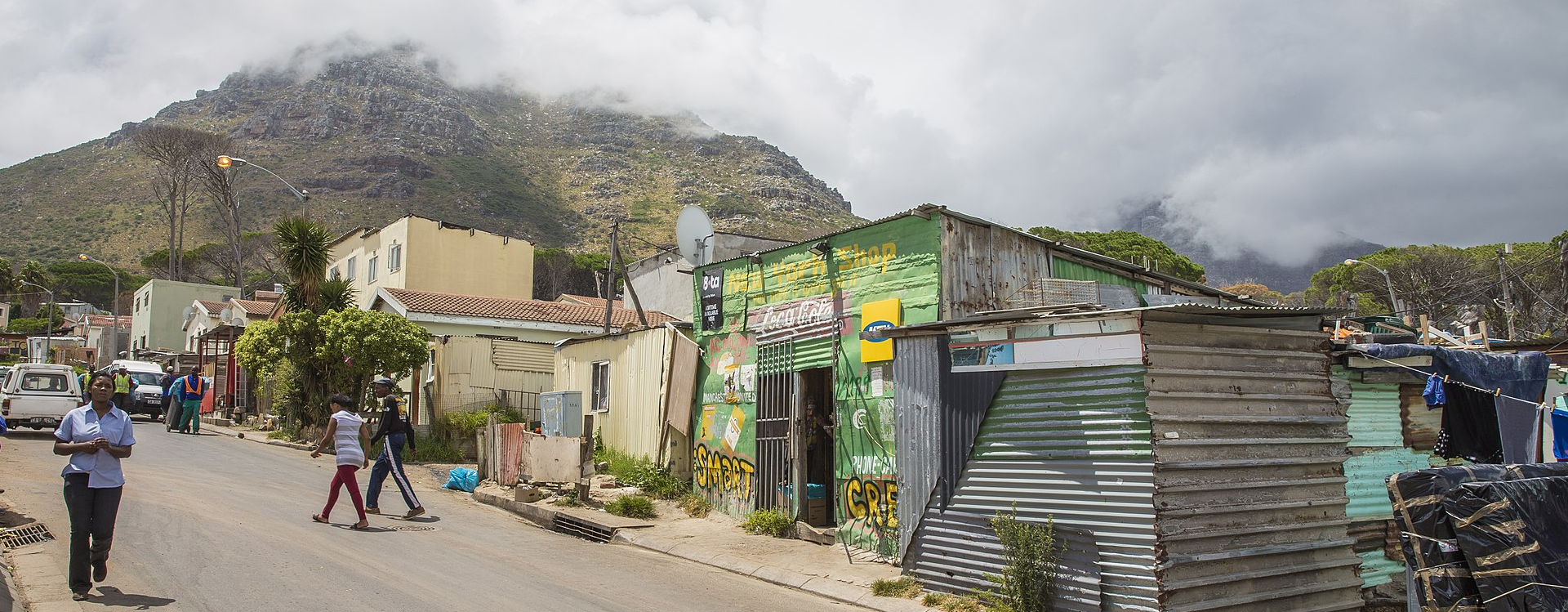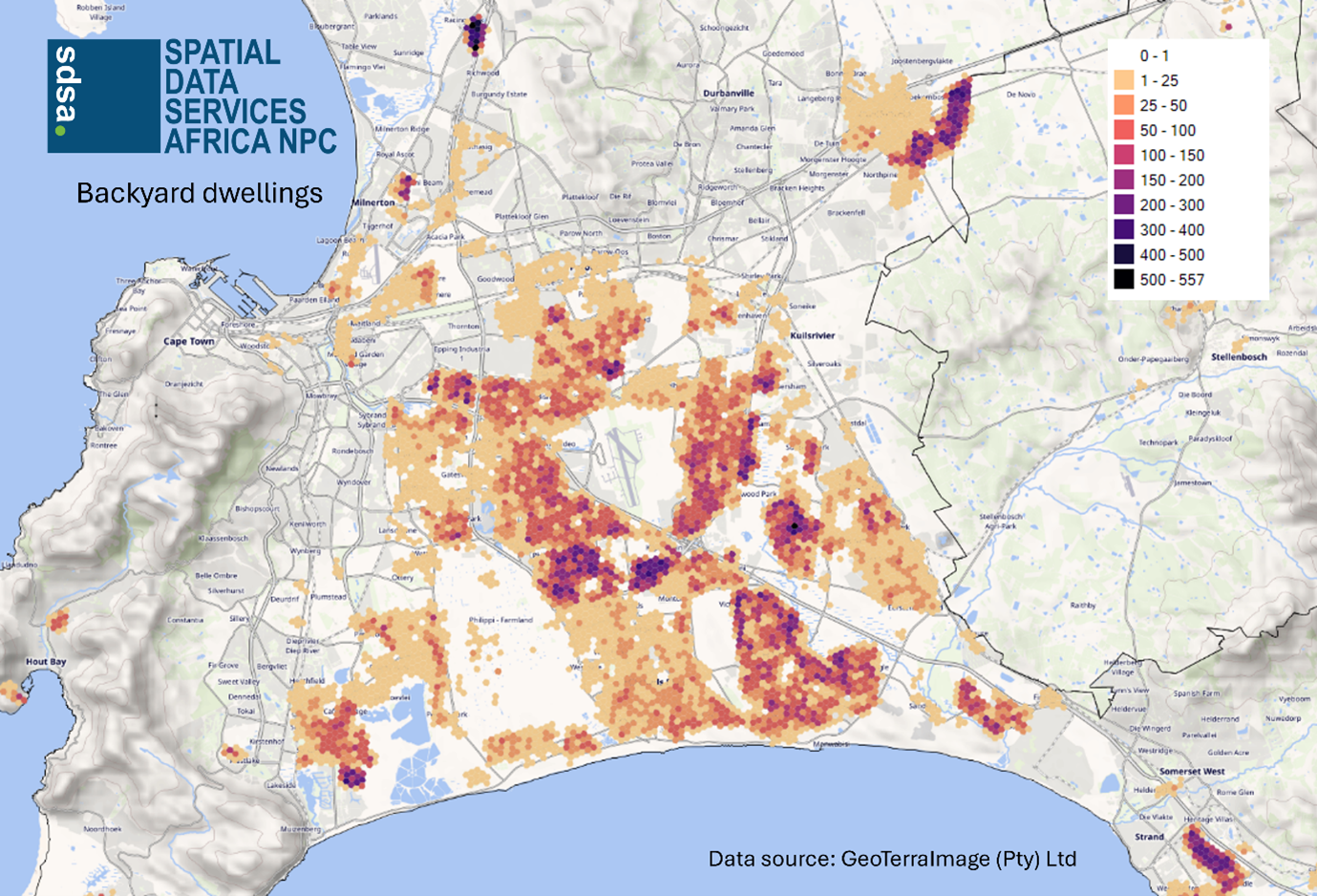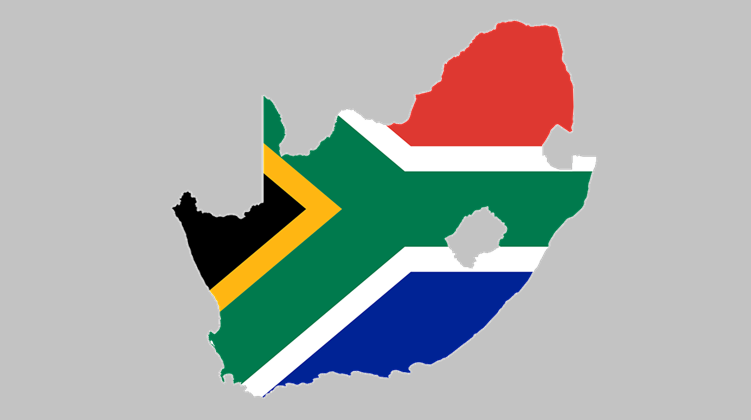The Cape Mirage? Why Cape Town may become another dysfunctional African city

Beneath Cape Town’s image of prosperity lies a fragile urban model, strained by migration, informality and fiscal stress.
The Western Cape and most notably the City of Cape Town, is routinely presented as the shining example of how South African municipalities should be run. Its apparent administrative competence, infrastructure investment record and comparative political stability have attracted widespread admiration, fuelling semigration from across the country and solidifying its reputation as a “model province.” Yet beneath the polished image lies a growing structural contradiction: the very model that has earned the Western Cape its status is beginning to show signs of strain under the weight of internal contradictions, rising demographic pressure and increasingly fragile public finances.
A critical question is whether the Western Cape’s development trajectory is truly sustainable or whether it is merely a delayed entry onto the well-worn path of most African cities, where formal planning buckles under rapid urbanisation, and governance erodes under the weight of demographic and political pressures.
The Western Cape may become an echo of African regions where rapid urbanisation outpaces planning and governance strains under demographic and political pressures
Cape Town’s administrative performance has often stood in contrast to the dysfunction of metros like Johannesburg or eThekwini. It boasts comparatively low levels of corruption, better service coverage and visible infrastructure investments. In the 2023/24 financial year, 20 out of the 26 municipalities in the Western Cape received clean audits from the Auditor-General.
The narrative is one of technocratic competence: budgets are managed, services delivered and policies aligned with growth. Unsurprisingly, this has driven a wave of semimigration, with middle-class households and businesses relocating in search of safety, reliable services and predictable regulations.
Yet, this migration has not been limited to professionals. The city and the broader province have also absorbed high numbers of impoverished migrants, especially those arriving from the Eastern Cape. Between 2011 and 2022, the city’s overall population grew by 27.6 %, and the total number of households in the City increased by approximately 36%.
According to available data from GeoTerraImage, formal households comprise around 75% of total households, with backyard and informal dwellings contributing about 12% and 13%, respectively. (Census 2022 did not report on backyard dwellings and indicated a decrease of 22.2% in informal households). However, according to the GeoTerraImage data, the ratios between these housing typologies have remained nearly the same since the 2011 Census. A more notable fact is that backyard dwellings, which grew from a relatively small base, have more than doubled since 2011, increasing from 9 to 12% of the total housing stock.
The result is a socio-spatial paradox: a high-functioning city increasingly burdened by the pressures of national failure, absorbing the consequences of state decay elsewhere without the fiscal or institutional mechanisms to do so indefinitely.
The Western Cape’s key vulnerability lies in the inability to absorb the volume and velocity of its in-migration in a structurally sound way. Informal settlements continue to expand on the periphery (Figure 1). Backyard dwellings proliferate in formal areas (Figure 2). Infrastructure in newly urbanised zones, particularly in areas like Khayelitsha, Delft and the southern corridor towns, is overloaded or altogether absent. According to census data from 2011, nearly 36% of Cape Town’s households live below the poverty line of less than R 3 500. Areas like Khayelitsha exemplify these pressures: over 50 % of households live in informal dwellings, many residents are migrants from the Eastern Cape, and median family income is half the city's average.

Figure 1: Distribution of informal households per 250m hexagons.
The city’s development pipeline has struggled to keep pace, not due to a lack of planning but because formal systems are too slow, too regulated and too expensive to respond to real-time growth. Planning has become a compliance exercise rather than a tool for adaptation. The result is familiar across Africa: cities expand, but increasingly beyond the state’s design.
Cape Town’s land and housing market has also become structurally exclusionary. The provincial government promotes a rhetoric of “pro-poor development,” but the formal housing supply continues to fall far short of need. State-subsidised projects are slow, spatially peripheral and insufficient in scale. The private market, meanwhile, caters to the needs of the affluent. Notwithstanding government support efforts, the private sector cannot penetrate the lower segments of the market for convenient and apparent reasons. This challenge is not new, but its implications are mounting. As more people arrive, the mismatch between demand and supply deepens, reinforcing spatial inequality and social tension.
Informality is, therefore, not a temporary condition, but a permanent feature of urban growth in the province, yet provincial and local policies still treat it as an aberration to be controlled or eradicated.

Figure 2: Distribution of backyard dwellings per 250m hexagons.
For now, what sustains the Western Cape model is a relatively solid fiscal base. And this, too, is eroding. The property tax system and service tariffs depend heavily on middle- and high-income residents. A focus on household income growth as a derivative of economic growth generally yields better results for the municipal revenue base than persistent rate increases, which leads to lower payment levels and consumer resistance.
It is very risky to legitimise budgets as "pro-poor." This can be interpreted as paying consumers being neglected. The current controversy surrounding Cape Town's budget, particularly its new fixed tariffs tied to property values, highlights these pressures. Pro-poor budgets often focus on high-profile infrastructure in "poor" areas that, at the same time, rely on national grants, which are simultaneously under pressure. Without sweeping fiscal reforms, this model will not stand. Without real reform to its revenue model, the Western Cape will struggle to maintain the appearance of sustainability.
Already, political pressure is mounting for greater redistribution, national departments are encroaching on local authority (especially in housing and transport), and investor confidence in municipal financing is becoming more cautious. The city may find itself managing a decline in real terms, even as it projects confidence on paper.
Many African cities followed similar trajectories: early modern planning, centralised infrastructure and initial fiscal capacity gave way to unmanaged informality, state retreat and fragmented governance. Nairobi, Lusaka, Dakar and Accra all started with formal urban cores and rational master plans, but the pressures of rapid urban growth, political interference and fiscal dependency eroded their capacity over time. Across regions, Central and East Africa are home to countries with the highest shares of urban populations living in slums (Figure 3).
Cape Town is not immune. It is already experiencing key symptoms: infrastructure strain, institutional overload, rising land contestation and service disparities between formal and informal zones. The technocratic sheen may delay collapse, but unless the structural underpinnings are addressed, the province risks arriving at the same destination, just more elegantly.
The Western Cape cannot continue to manage growth through the narrow lens of fiscal discipline, master planning and incremental project delivery. It needs to reframe its urban strategy to fundamentally embrace informality as a central component of urban life, rather than a side effect. This requires releasing land at scale to facilitate organic urban expansion within a managed framework.
The Western Cape needs to reframe its urban strategy to fundamentally embrace informality as a central component of urban life, rather than a side effect
In the process, the City must shift infrastructure investment to reflect income generation and a positive rate of return, growing the revenue base to support low-income households. Revenue models must be reformed to reflect demographic realities and reduce dependence on overstretched cross-subsidies. Finally, the City will need to reclaim its autonomy as outlined in the South African Constitution and resist creeping national control that erodes local fiscal and planning discretion.
The Western Cape is not yet a failed province, but its urban areas are not immune to the failures that have shaped so many African cities. Its governance model, while stronger than others, is fundamentally unprepared for the scale and nature of urbanisation now underway. The idea that Cape Town is different may be comforting to some, but the facts on the ground increasingly contradict it.
Suppose the province continues on its current path by managing growth without structurally adapting to it; it will become a textbook case of how even the best-performing cities in Africa eventually converge with the rest. The Western Cape may still be ahead, but it is running the same race.
Image: Diriye Amey/Wikimedia Commons
Republication of our Africa Tomorrow articles only with permission. Contact us for any enquiries.






